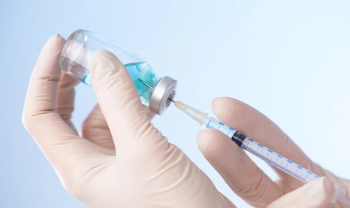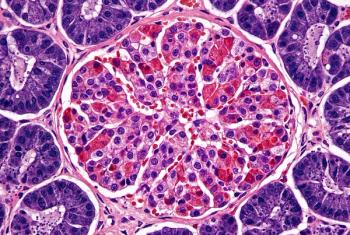
How Using DNA Banks Can Improve Autoimmune Disease Treatment
A neurologist and autoimmune expert at UT Southwestern shares insight into using large biobanks to understand and treat this rare autoimmune disease.
There are a lot of different types of autoimmune diseases and different risk factors for developing each one. While many of the risks are environmental, two people can be exposed to the same potential trigger and only one develops autoimmunity.
Benjamin Greenberg, MD, a neurologist and autoimmune expert with UT Southwestern’s O’Donnell Brain Institute, says the reason for this can be genetic, which is why analyzing DNA banks can be an important factor in understanding and treating these diseases.
“Using large biobanks, where people have consented for genetic research, we are able to seek out which genes are risk factors for autoimmune diseases and simultaneously better understand the biology of the conditions,” he says. “This understanding can be used to develop new treatment options.”
Greenberg recently led a UT Southwestern study that is believed to be the largest full DNA analysis of a rare disease.
Neuromyelitis optica (NMO) is an autoimmune disease in which the immune system attacks the optic nerve and spinal cord, leaving some patients blind and paralyzed. It can be treated with medications and physical rehabilitation, though it is often misdiagnosed as multiple sclerosis in its early stages.
The
Greenberg notes that the research negates previous findings about NMO’s genetic underpinnings, derived from studies that analyzed only a portion of the genome.
Main takeaway
“The chief takeaway from the study is that whole genome sequencing of NMO patients led to insights that were not found when doing less intense genetic studies,” Greenberg says. “This data may allow us to better understand why some patients respond to certain therapies versus others and create a better understanding of the biologic causes of the disease. Beyond the understanding of the genetic risks of neuromyelitis optica, I hope people will see the value of biobanks for advancing science.”
DNA banks are important, he adds, because biorepositories that include DNA from consented patients allow researchers to do large-scale studies, over time, as knowledge and technology improve.
“Consenting a patient for a single study today is great, but consenting a patient to allow us to use their specimens in the future is better,” Greenberg says. “We never know what new technologies will be developed or new biology discovered. Having a repository that we can go back to and study in more in depth and novel ways is critical to advancing discovery.”
The process for making this happen isn’t too difficult. It starts with patients consenting, and their understanding that their samples may be used for research in the future. Second, the sample must be processed under strict time constraints and quality controls as samples that are processed incorrectly can lead to spurious research results.
“If we are going to improve in the quality and efficiency of care we provide, we need to get smarter,” Greenberg says. “Biobanks, integrated into clinical care, create a tremendous resource for making these advances.”
Newsletter
Get the latest industry news, event updates, and more from Managed healthcare Executive.






















































